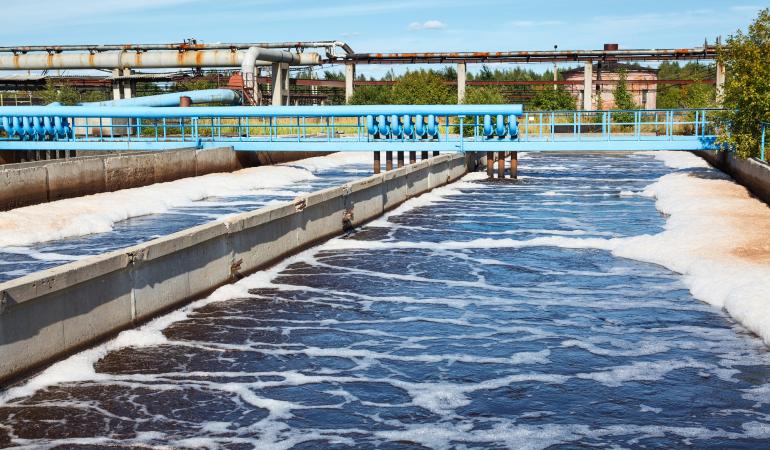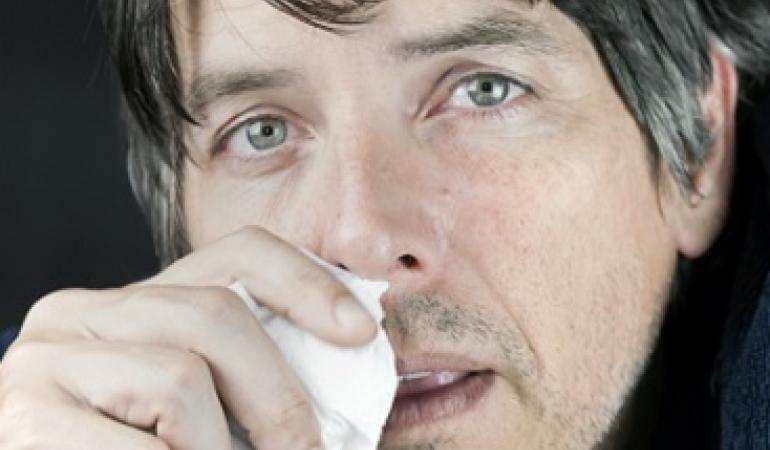Legionellosis is an infection caused by inhalation of Legionella bacteria. Symptoms may range from mild to severe disease, but most diagnosed patients have a severe pneumonia, and this is called Legionnaires’ disease (LD).
The incubation period is usually 2-10 days and rarely exceeds 14 days. The disease affects mostly the middle aged and elderly population, and men are more at risk than women. Furthermore, smoking, an impaired health status and travel are risk factors.
A substantial number of Dutch LD cases have travelled during their incubation period. In order to detect clusters in accommodation sites, RIVM reports accommodations where cases have stayed during 10 days before onset disease are reported to the European Legionniares'disease Surveillance network (ELDSNet).
Legionella bacteria are common in the natural environment, usually in low numbers. Most LD outbreaks are associated with man-made water systems, such as wet cooling towers, whirlpools and water distribution systems. However, for the majority of non-outbreak cases (sporadic cases) the source of infection remains unknown. There is a seasonal pattern of LD with an increase during the warm months of the year. Furthermore, more cases are reported after warm weather with heavy rainfall.
Keypoints from the surveillance on Legionnaires'disease in the Netherlands in 2017
- Notifications of legionnaires‘ disease (LD) continuously increased over the 2012−2017 period
- In total 561 cases with Legionnaires’ disease (LD) were notified, the highest ever reported
- Most cases (72%) have acquired the infection in the Netherlands, of which the majority (355 cases) is community-acquired
- For most community-acquired cases the source of infection remains unknown
- The Case Fatality Rate was unchanged, but due to the increase in domestic cases, the number of deaths reported increased substantially to 31 cases
- In June, July and August a large increase in LD was observed, following a period of very warm weather in May and June and extensive rainfall in July
- Improved diagnostics can explain only a small part of the annual increase in cases
- The proportion of LD due to Legionella pneumophila non-serogroup 1 and Legionella nonpneumophila is small, but increasing
- Two biological wastewater treatment plants were identified as source of infections for clusters of community-acquired cases
- Biological wastewater treatment plants may be a source for sporadic LD and should be included in LD source finding investigations.
Related news
Control measures against the spread of Legionella from wastewater treatment plants

Wastewater treatment plants (WWTPs) may spread Legionella via the air and cause pneumonia if people inhale them.
Large increase in legionellosis in the Netherlands

The Municipal Public Health Services (GGD) received 561 reports of legionellosis over the past year. Never before has RIVM registered as many reports of this disease as in the past year.

